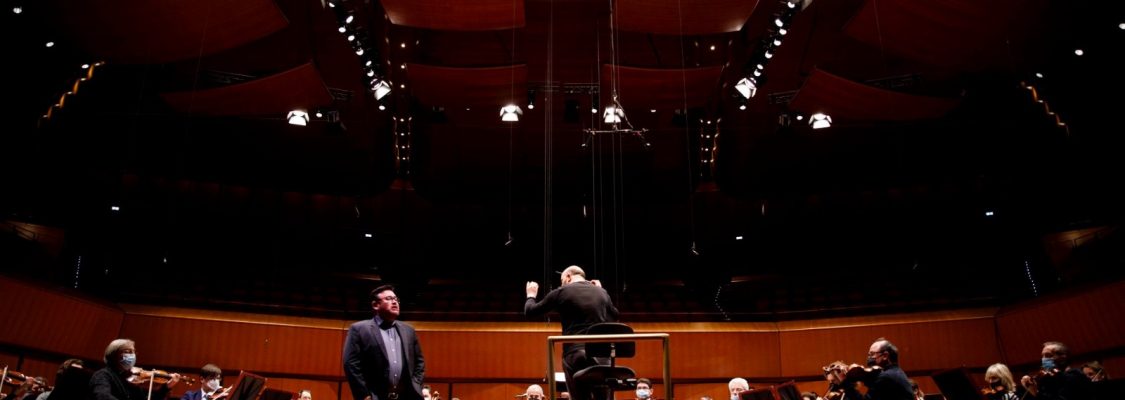On 14th December, after a brief partnership way back in 2006 at the Rossini Opera Festival, I’m making my symphonic conducting debut with the prestigious Orchestra Haydn. The concert will take place at the Bolzano Auditorium and, the following day, in a second performance at the Trento Auditorium.
Our programme is a journey through symphonic music, starting from the beginning of the 19th century as the Classical period was drawing to a close with the buds of early Romanticism.
The concert programme also includes the overture from Cenerentola by my beloved Rossini, the Symphony in D major opus 23 by Jan Václav Voříšek and the Symphony no. 9 in E flat major opus 70 by Dmitri Shostakovich. In my opinion, the first and only symphony by Voříšek, the Bohemian composer who received a sound, classical training, who met and mingled with the greatest musicians in Vienna and became a friend of Schubert, is a small treasure. By way of contrast, the programme also offers Shostakovich’s Ninth Symphony, which was composed and performed for the first time in 1945. At the end of the Second World War, the composer wrote this work in five movements in which, rather than celebrating the end of the conflict with pomp and ceremony, he produced the colour of chamber music, a humoristic mood with a light tone, in the spirit of manifest Neoclassicism.
–
Il 14 dicembre faccio il mio debutto sinfonico con la prestigiosa Orchestra Haydn, dopo una breve collaborazione al Rossini Opera Festival nell’ormai lontano 2006. Il concerto si tiene nell’Auditorium di Bolzano e, in replica, il giorno successivo, in quello di Trento.
Il programma che proponiamo è un viaggio attraverso la sinfonia, a partire da quella degli inizi dell’Ottocento che descrive un Classicismo in fase ormai calante e contiene i germi del primo Romanticismo.
Il programma del concerto contiene anche l’ouverture della Cenerentola del mio amato Rossini oltre alla Sinfonia in Re maggiore op. 23 di Jan Václav Voříšek e alla Sinfonia in Mi bemolle maggiore op. 70 di Dmítrij Šostakóvič. La prima e unica Sinfonia del boemo Voříšek, compositore di solida formazione classica che a Vienna conobbe e frequentò i più grandi diventando amico di Schubert, per me è un piccolo gioiello. Nel programma la contrapponiamo alla Nona di Šostakóvič, scritta ed eseguita per la prima volta nel 1945. Alla fine della Seconda guerra mondiale, il compositore scrive quest’opera in cinque movimenti dove, anziché celebrare la fine del conflitto in forma pomposa e festante, trova un colore cameristico e un carattere umoristico e dai toni leggeri, nello spirito di un dichiarato neoclassicismo.




